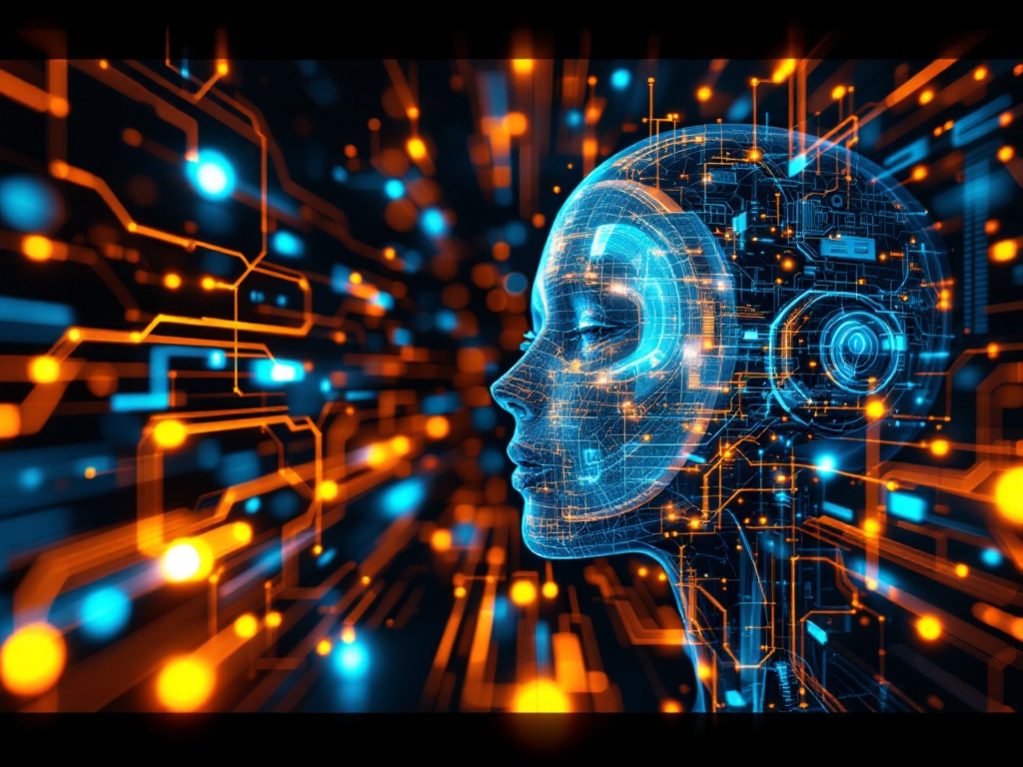Computer Vision: Transforming the Future with AI-Powered Image Recognition

In the digital age, computer vision has emerged as a pivotal technology, enabling machines to interpret and understand visual information from the world. By mimicking human vision, computer vision systems can analyze and process images and videos to make informed decisions. This post explores the fundamentals of computer vision, its applications, and how it is transforming industries across the globe.
What is Computer Vision?
Computer vision is a field of artificial intelligence (AI) that focuses on enabling machines to interpret and make decisions based on visual data. By using algorithms and deep learning models, computer vision systems can identify objects, track movements, and understand scenes in images and videos. This technology is integral to developing intelligent systems that can interact with the world in a human-like manner.
Key Components of Computer Vision
-
Image Processing:
- Involves enhancing and manipulating images to improve their quality or extract useful information.
- Techniques include filtering, edge detection, and image segmentation.
-
Object Detection and Recognition:
- Identifying and classifying objects within an image or video.
- Used in applications like facial recognition, autonomous vehicles, and security systems.
-
3D Vision and Depth Perception:
- Analyzing the spatial arrangement of objects to understand depth and distance.
- Essential for applications like augmented reality and robotics.
-
Motion Analysis:
- Tracking and analyzing the movement of objects across frames in a video.
- Used in video surveillance, sports analysis, and animation.
Applications of Computer Vision
The versatility of computer vision makes it applicable in various industries:
-
Healthcare:
- Assisting in diagnostics by analyzing medical images such as X-rays and MRIs.
- Enhancing surgical procedures with real-time imaging and guidance.
-
Retail:
- Improving customer experiences through automated checkout systems and personalized recommendations.
- Enhancing inventory management with real-time tracking and analysis.
-
Automotive:
- Powering autonomous vehicles with real-time object detection and navigation.
- Enhancing driver assistance systems for improved safety.
-
Agriculture:
- Monitoring crop health and optimizing farming practices through drone and satellite imagery.
- Automating harvesting and sorting processes with precision.
The Future of Computer Vision
As computer vision technology continues to advance, its impact on industries will only grow. Innovations in AI and machine learning are driving the development of more sophisticated and accurate vision systems. Future trends include:
-
Integration with IoT:
- Combining computer vision with Internet of Things (IoT) devices for enhanced data collection and analysis.
-
Improved Real-Time Processing:
- Enhancing the speed and efficiency of vision systems for real-time applications.
-
Ethical Considerations:
- Addressing privacy and security concerns associated with the widespread use of computer vision technology.
Conclusion
Computer vision is not only transforming industries but also redefining how we interact with technology. By understanding its potential and applications, businesses and individuals can harness the power of computer vision to drive innovation and improve outcomes. As this technology continues to evolve, its ability to mimic human vision will unlock new possibilities and shape the future of AI.
